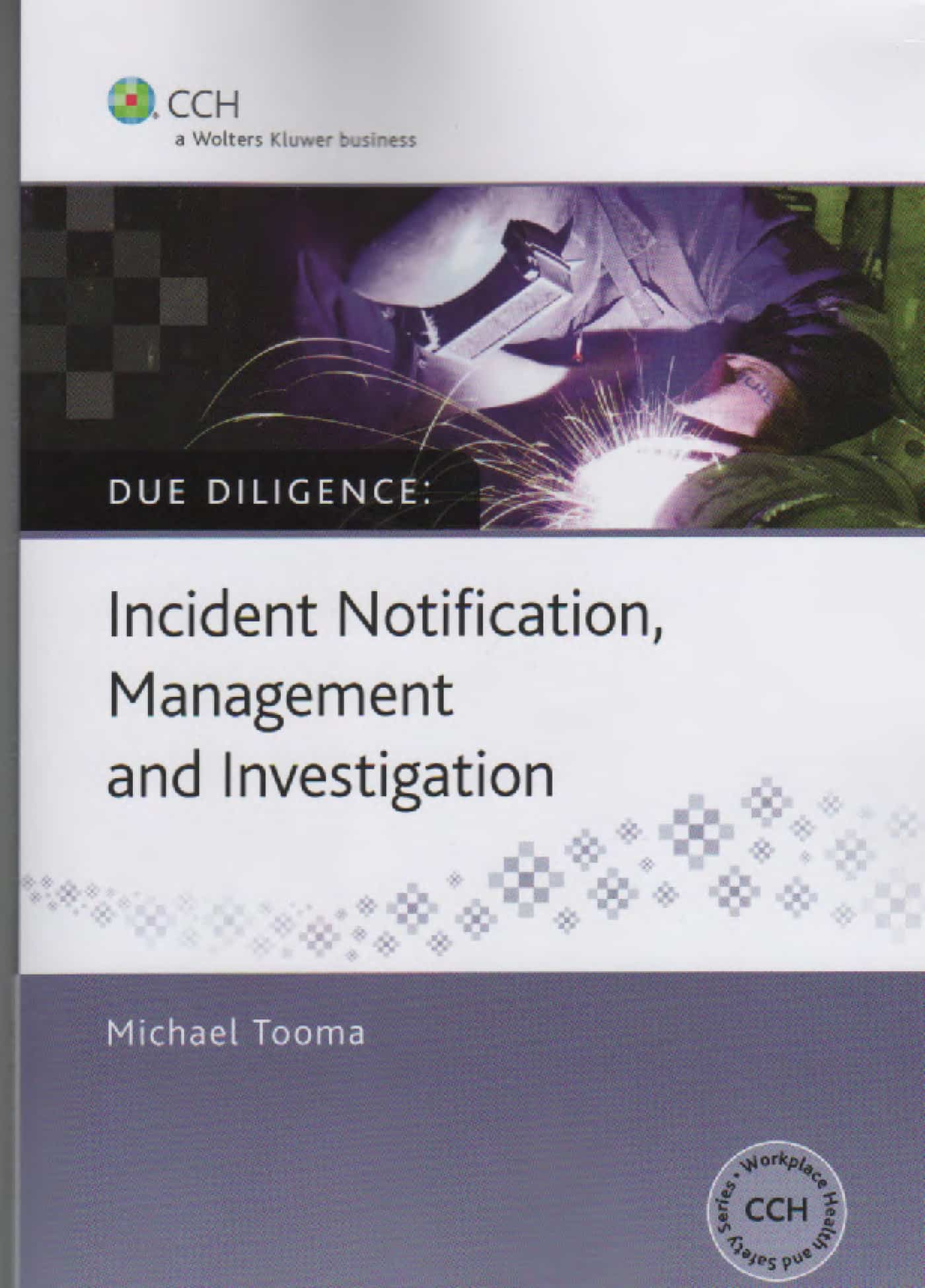Josh Bornstein is a media-savvy lawyer with Maurice Blackburn who has gained some prominence on the matter of workplace bullying. A week ago Bornstein spoke at a Legalwise seminar in Melbourne Australia and he has yet to stop running on his topic of discussion – “Disproving the seven myths about workplace bullying”. Today he released a video of his presentation on the Maurice Blackburn YouTube channel. The speech from the seminar is HERE.
Lawyers advise that words and statements are very important. Documents and presentations are deconstructed for nuance and alternate interpretations. Context is also vitally important to determine why something was said when it was said and why it was said. These tools are equally useful for Bornstein’s presentation.
Continue reading “Law reform does not prevent harm, only compensates for it”




